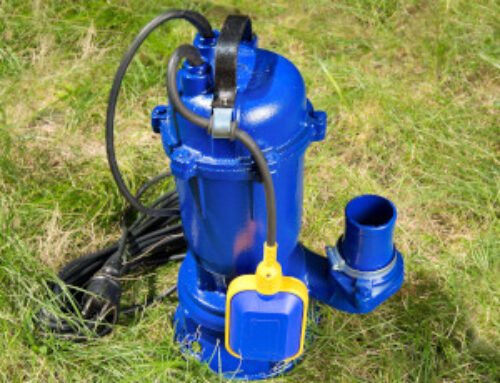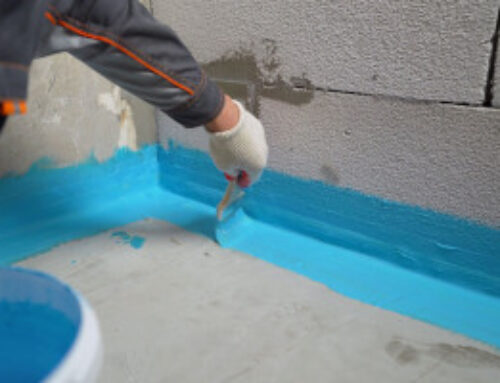A water intrusion can impact your home’s structural integrity and value, which makes understanding different methods to waterproof your basement a fundamental step toward achieving lasting protection.
Let’s take a closer look at why you can’t afford to overlook waterproofing, some common strategies to protect your basement, and how to tell which of them is best for you.
Why Waterproofing Your Basement Is a Good Idea
Basements are vulnerable to a variety of threats, with water intrusions being some of the most prominent.
Moisture weakens a home’s foundation (and other structural elements) in addition to fostering mold growth, both of which are costly issues to resolve; a single inch of water can cause upwards of $25,000 in home damage.
Waterproofing your basement, therefore, isn’t just about handling floods caused by major downpours; even small leaks can lead to persistent damage in your home, eventually leaving you with the need for costly repairs and remediation.
Overall, waterproofing is a sensible and long-lasting investment in your home. You’ll avoid major repair costs and increase resale value. It’s much more cost-effective to focus on prevention today than on repairs further down the road.
6 Different Methods to Waterproof Your Basement Effectively
Relying on one or more of the different methods to waterproof your basement listed below will help prevent the various issues water can cause. Having a diverse set of options at your disposal means you can intercept and redirect moisture before it enters your home, delivering long-term protection.
1. Installing a Sump Pump to Remove Incoming Water
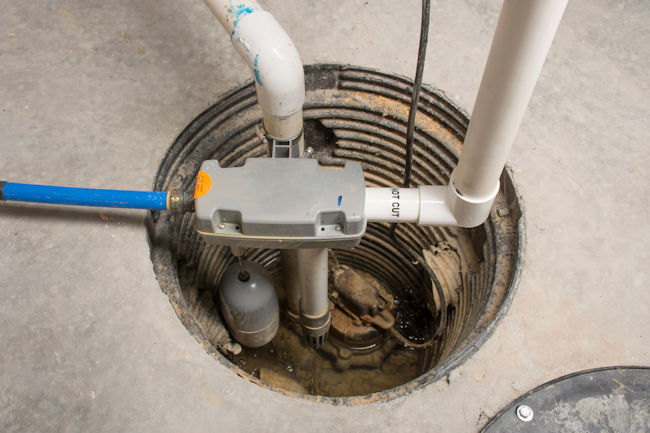
When comparing different methods to waterproof your basement, sump pumps are usually a prime choice. A pump is installed at the lowest point in your basement, typically within a pit called a sump, which collects any water that leaks in.
Trenching around the perimeter of your basement floor will allow water to flow naturally to the sump. When its water level rises to a certain point, the pump will kick in automatically, removing the excess water before it floods your basement.
There are two main types of sump pumps: submersible and pedestal. Submersible models sit below the water level and are typically quieter. Pedestal versions are easier to maintain but can be louder when they turn on. Many modern systems also feature backup batteries to stay working during power outages.
No matter which kind of pump you select, proper installation is key to ensuring reliable protection. Alongside that, the unit’s discharge components must ensure that water drains away from your home’s foundation.
2. Adding a Draining System to Shift Water to the Sump Pump

Sump pumps are most effective when combined with additional different methods to waterproof your basement.
Interior and exterior drainage systems, for instance, can be implemented to more efficiently guide water to the sump pump for improved results. Ideally, these would be installed at the time of home construction, but many older homes lack them. And choosing to install them now can be a challenging process.
Still, despite the potential costs, upgrades to your home’s drainage system(s) are well worth it, seeing as water damage can bring about even higher repair costs in comparison, all while permanently impacting the value of your home.
3. Resolving Pressure by the Footers
As water saturates the soil around your foundation, it puts significant pressure on footers. This hydrostatic pressure, as it is called, can cause a variety of foundation issues, including cracks, bowing walls, and leaks.
Different methods to waterproof your basement and relieve hydrostatic pressure might include footer drains or weeping tile systems, which will collect water in perforated pipes and redirect it away from the foundation.
Relief channels and trench drains are also potential solutions; they’ll help equalize pressure to prevent foundation damage.
4. Addressing Water Rising Against Egress Windows With Window Wells
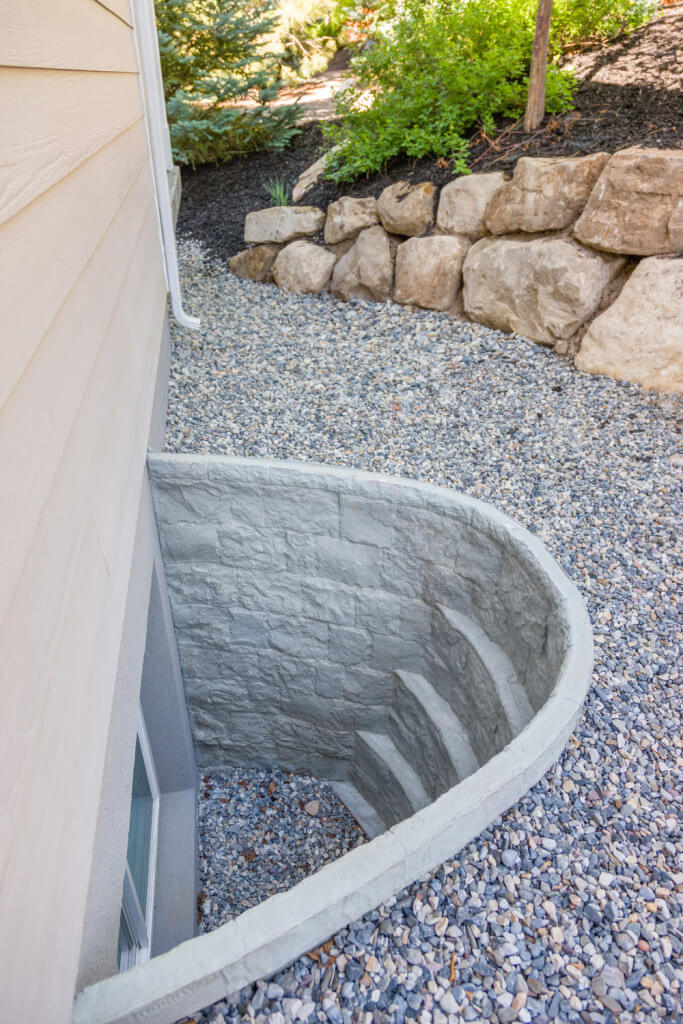
Egress windows are an important consideration to ensure safety and provide adequate lighting for your basement. However, a poor installation and a lack of protection can allow rainwater to pool inside the window well and work its way inside.
Window well drains prevent accumulation by channeling any water into your foundation’s drainage system, and proper piping installations allow for efficient removal that protects your windows and foundation.
There are also window well covers available for additional protection. These can keep out the worst of heavy rain and minimize debris accumulation. Clear covers let you maintain your basement’s natural sunlight access.
Gravel at the base of the window is also important, as it promotes faster drainage along with preventing soil erosion. The egress window well should sit a few inches below the window frame and be filled with gravel.
5. Dehumidifying the Air in the Basement
Some leaks are so small that they’re unnoticeable, but they’ll still contribute to a persistent high humidity level. That, in turn, creates an environment where mold and mildew can quickly take hold.
Different methods to waterproof your basement can be supported by a dehumidifier, which will extract moisture from the air to keep the area’s humidity levels below 60%. These levels will prevent mold from taking hold in most cases.
Instead of a portable model, however, you should consider installing a basement-specific dehumidifier. These have higher capacities and have continuous drainage, which means you won’t be constantly dumping water buckets.
These models are also more effective than portable models, seeing as they have the power to maintain humidity levels throughout the entire basement instead of just a room. Their increased size and higher quality deliver more efficient performance as well.
6. Sealing Cracks in the Walls or Floors Right Away
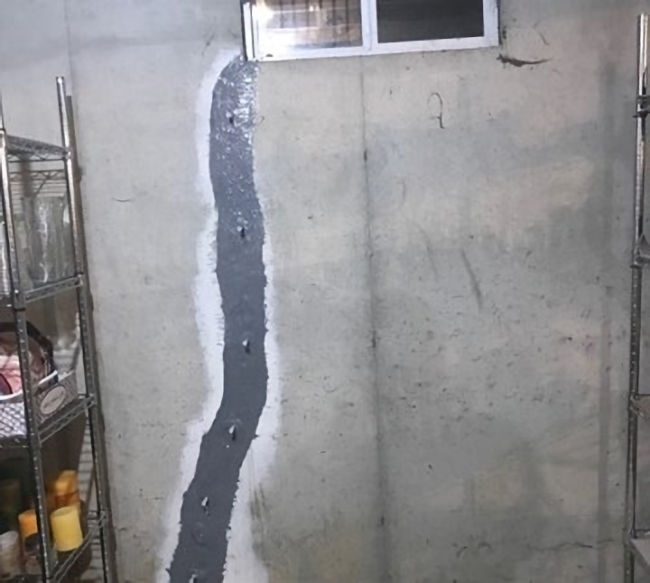
Cracks in your foundation can let water in, even if they seem small. That, however, will only allow the cracks to widen over time, contributing to ongoing water damage and the potential for mold growth.
Several different methods to waterproof your basement can address cracks of varying types and sizes. Sealant injections are common examples, providing a strong and lasting watertight seal. Surface sealing, in particular, can be effective for hairline cracks that don’t pose serious structural concerns.
In addition to sealing, you should also carefully consider the underlying cause in case further repairs are needed. Shifting soil and increased water pressure could be signs that you need foundation adjustments or improvements to your drainage system.
Sealing may not be enough to fully solve your basement water intrusion issues.
How to Choose the Right Solution(s) for Your Specific Needs
With so many different methods to waterproof your basement available, you need to do all you can to ensure you’re making the right choice. Every basement is unique, and that means there are a variety of factors to take into account, such as:
- The construction of your foundation
- The age of your home
- Local water table levels
- Local weather
- Your home’s history of past water damage issues
- Existing drainage infrastructure
The best way to find the appropriate methods to waterproof your basement is to schedule a professional evaluation. Experts can determine the specific type of issues you’re dealing with, whether surface water, groundwater pressure, or condensation.
Ultimately, you might find that combining different methods to waterproof your basement is the best route forward. Each of the approaches listed above has something to offer and is capable of addressing a specific problem. You can trust the experts to find the right combination for your home.
Of course, your budget is another factor to consider, with methods such as upgrading your home’s drainage likely representing a much higher expense. However, the cost of repairs after major water damage to your home will likely be much higher, which makes upgrading now a wiser decision.
FAQ
Considering Different Methods to Waterproof Your Basement? Turn to the Pros at Crossroads Foundation Repair
If you’re having trouble with water in your basement and are looking for a lasting solution, turn to the team at Crossroads Foundation Repair.
We provide a variety of different methods to waterproof your basement, and we’ll evaluate the specific issues affecting your basement to find the right match.
Reach out today to get an estimate on basement waterproofing solutions delivered by seasoned experts.

